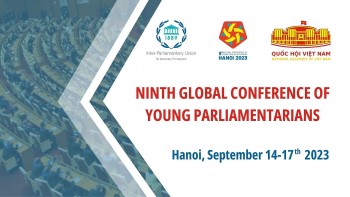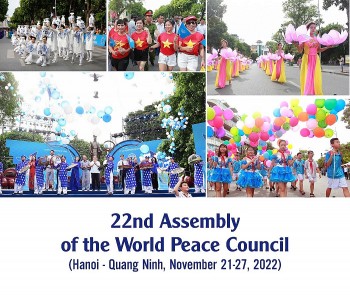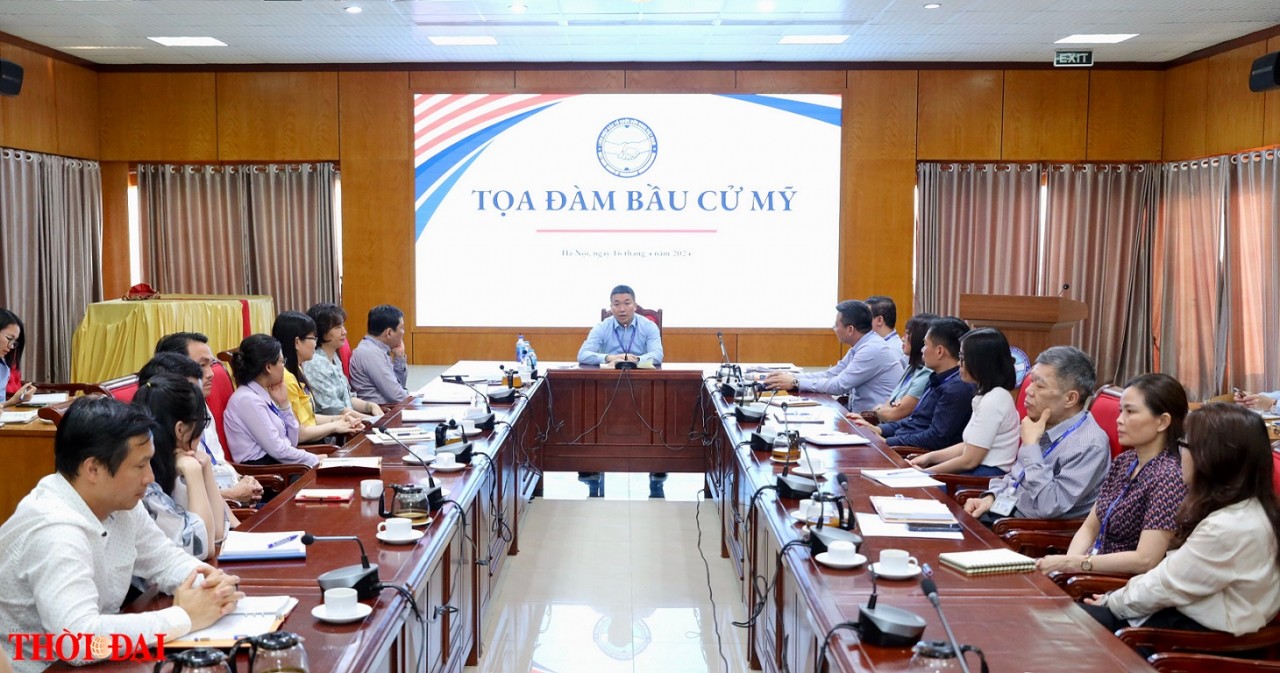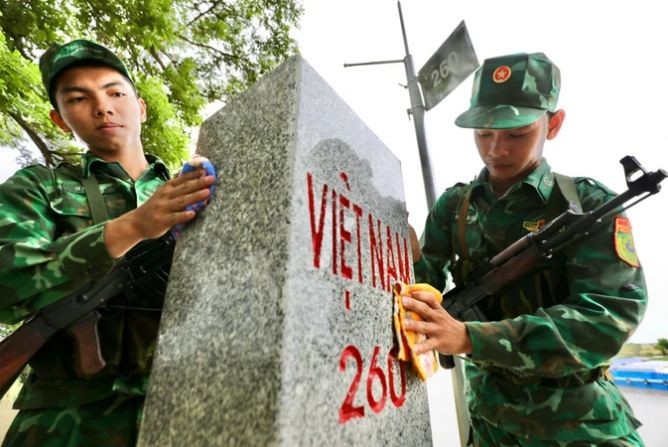Vietnam, RoK step up UXO clearance efforts
The Korea-Vietnam Mine Action Project was officially launched in Dong Hoi city, in the central province of Quang Binh, on March 9th.
 |
At the launching ceremony. (Photo: VNA)
The event was jointly held by the National Steering Committee for Overcoming the Consequences of Chemical and Explosive Remnants of War (701 Steering Committee), the Korea International Cooperation Agency (KOICA), and the United Nations Development Programme (UNDP).
The project will be carried out in the two provinces of Quang Binh and Binh Dinh from now until December, 2020.
In her speech, Minister at the RoK Embassy in Vietnam Lee Myion said that the RoK government has committed USD 20 million in grant aid to the project via the KOICA, with a commitment to making real changes in the lives of many people in the central region.
Lieutenant General Le Hien Van, deputy head of the Standing Office of the 701 Steering Committee, spoke highly of the collaboration between KOICA, UNDP and the Vietnam National Mine Action Centre over the past few years.
He also called for more support from the international community for Vietnam to overcome the consequences of the war, a noble and humanitarian objective.
Prolonged wars have left 6.13 million hectares of land in Vietnam contaminated with landmines and unexploded ordnances (UXOs), accounting for 18.82 per cent of the country’s total land area. Over 100,000 people have died or been injured due to UXOs.
The land of Quang Binh and Binh Dinh provinces are severely contaminated with UXOs and the number of victims is increasing with limited preventive measures. The contaminated land in Binh Dinh accounts for over 40 per cent of its total land area and UXO-caused approximately 3,000 casualties, whilst the respective figures in Quang Binh are roughly 28 per cent and nearly 6,000 people./.
VNF/NDO
Most read
Recommended
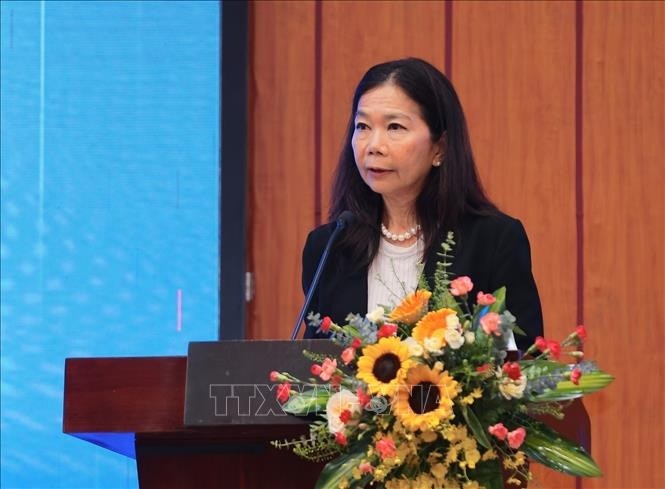 National
National
Vietnam News Today (Apr. 20): Vietnam Makes Steady Progress in Innovation
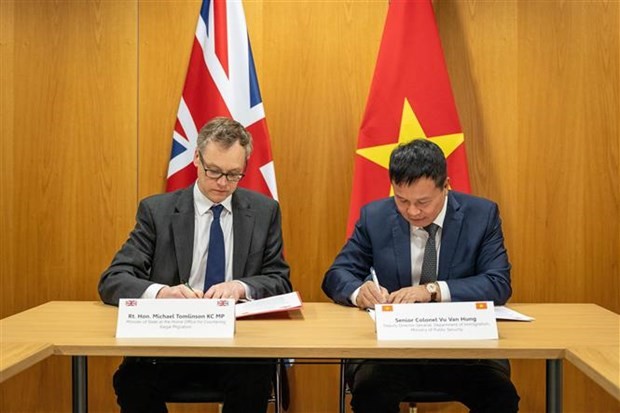 National
National
Vietnam News Today (Apr. 19): Vietnam, UK Sign New Agreement on Illegal Migration
 National
National
Czech Senate President Proposes Opening Hanoi - Prague Flight Soon
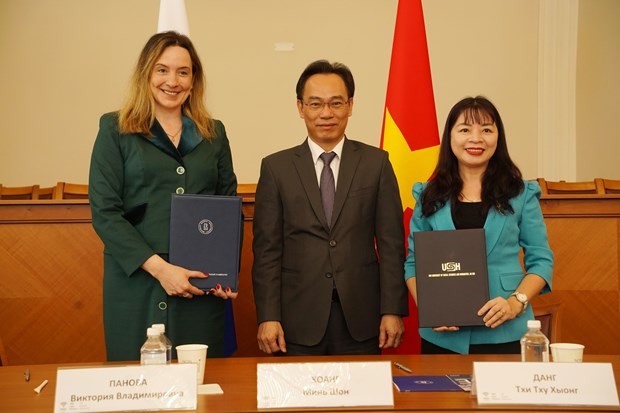 National
National
Vietnam News Today (Apr. 18): Vietnam, Russia Bolster Education, Training Collaboration
Popular article
 National
National
First Int'l Trauma Life Support Training Center Launched in Vietnam
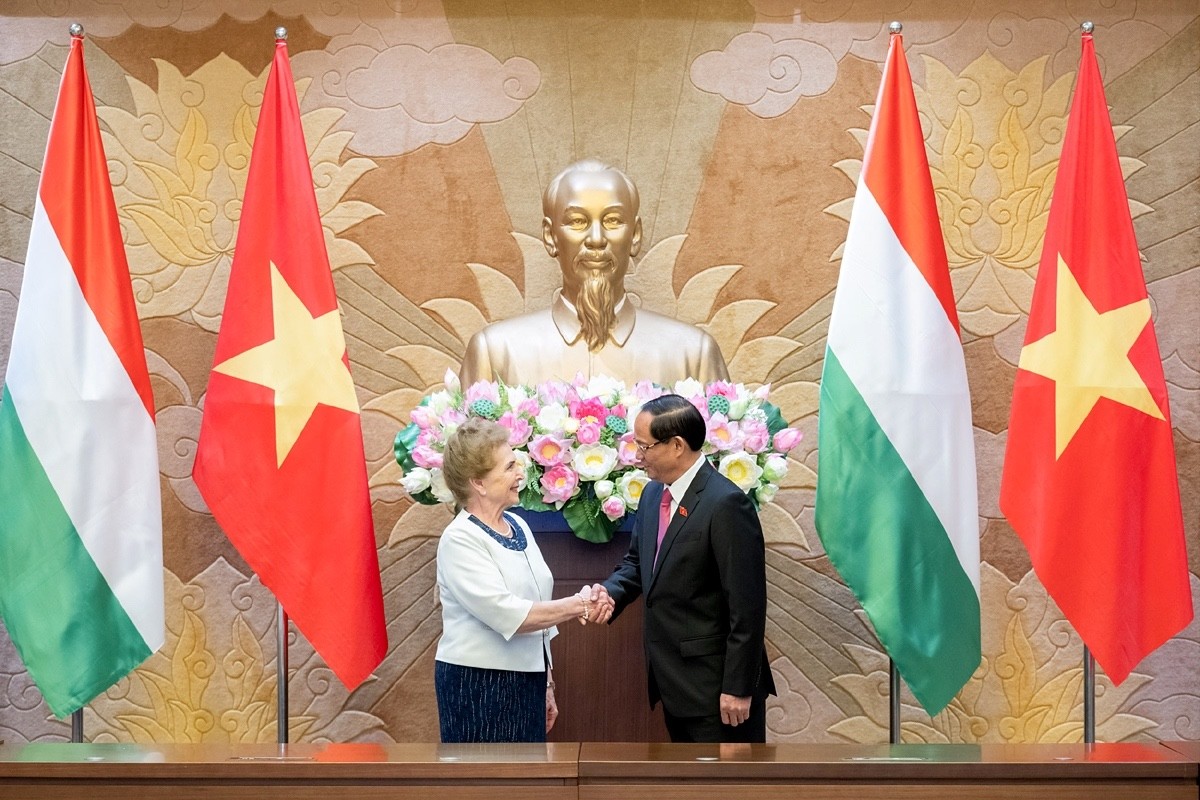 National
National
Vietnam News Today (Apr. 17): Vietnam And Hungary Review Effectiveness of Cooperation Agreements
 National
National
Vietnam News Today (Apr. 16): Australia Supports Climate Action Cooperation With Vietnam
 National
National

